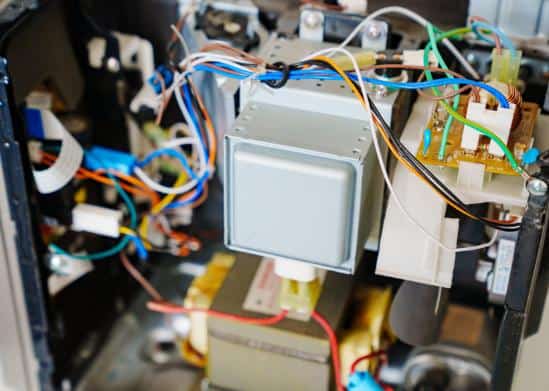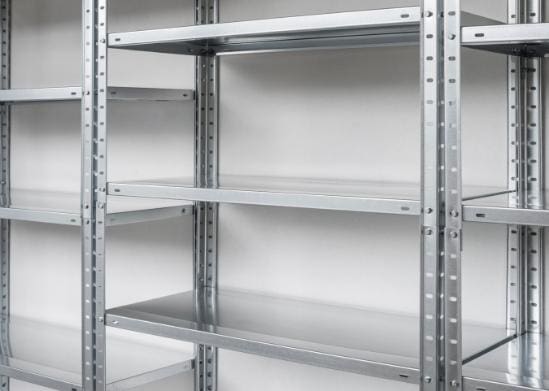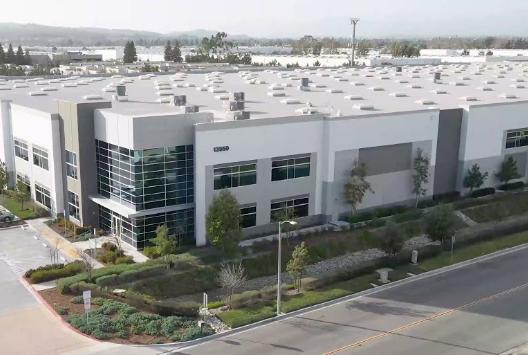Metal stamping, a cold-forming fabrication process, uses presses and tooling to shape or otherwise form blanks of sheet metal into completed parts. This versatile manufacturing method encompasses several different techniques to meet the specific demands of a broad range of applications in sectors like automotive, appliances, medical, and more. At Aranda Tooling, LLC., we serve diverse industries with a range of metal stamping and fabrication capabilities for enhanced efficiency, production speed, throughput, and cost-effectiveness in creating top-quality products.
Metal Stamping Methods
Metal fabrication design can include several potential methods, each of which is an efficient and economical solution for manufacturing large volumes of high-precision components in diverse industries:
- Progressive Die Stamping
- Transfer Die Stamping
- Multi-Slide Stamping
- Fine Blanking
- Deep Draw Stamping
Progressive Die Stamping
This stamping method is referred to as progressive because a part will go through multiple stamping stations in sequence before it’s ultimately completed and separated from the strip of raw material. Each station is responsible for a different bending, punching, or cutting action to progressively shape the component. It’s beneficial for its speed and minimal scrap waste production.
Transfer Die Stamping
This process utilizes a specialty die to shape and form metal. This transfer die automatically presses blanks of raw material through multiple cutting, punching, forming, and bending stations to finish a part.
Multi-Slide Stamping
This stamping method uses a multi-slide press. The press gives the metal its desired size and shape by using cam action.
Fine Blanking
A fine blanking press uses a die to form and cut metal all at once. This blanking process generates a completed component with high dimensional accuracy, straight edges, and little burr.
Deep Draw Stamping
In this process, material is drawn into a shape that is deeper than it is wide.





 Request For
Request For
















